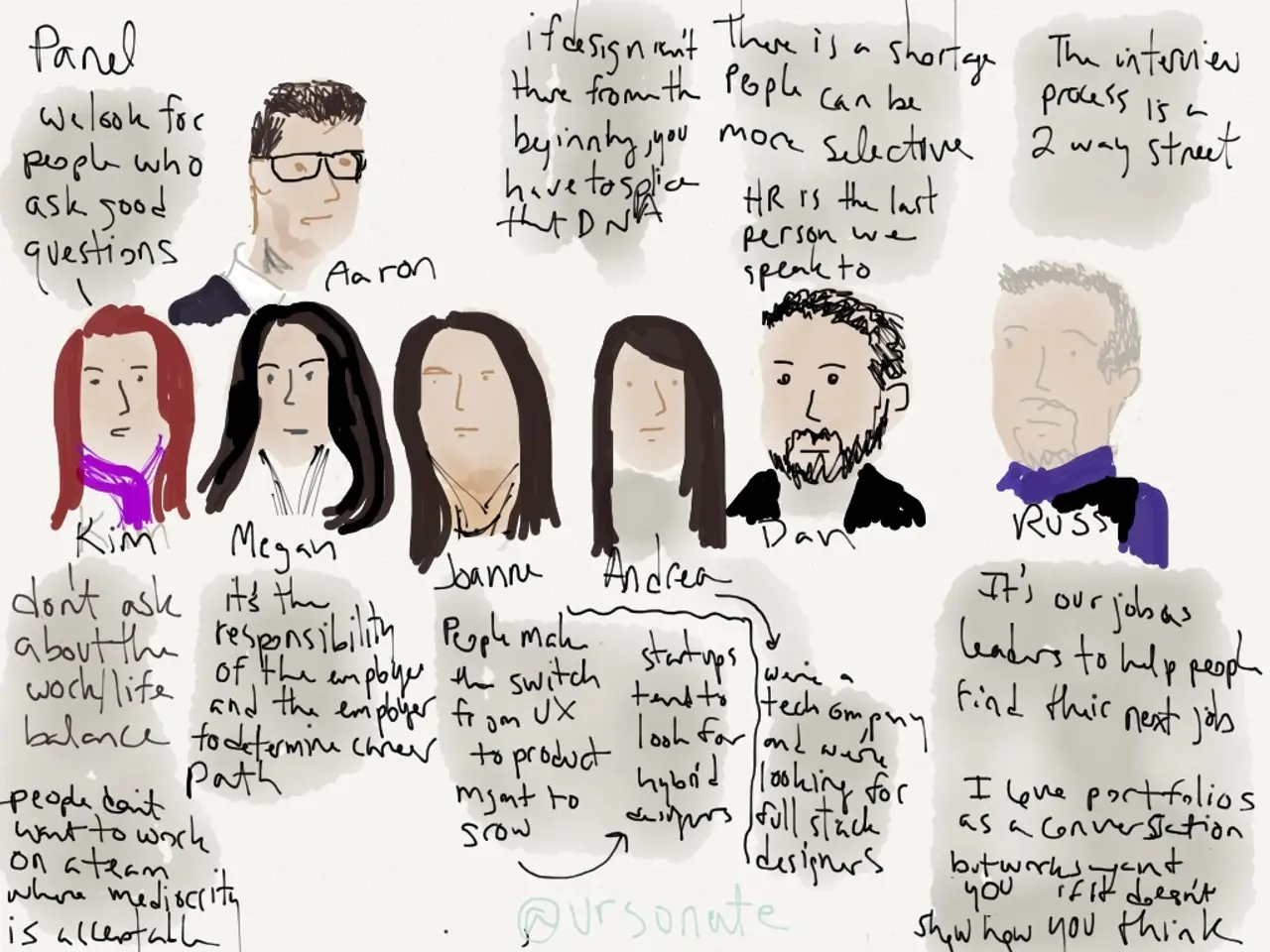Strategies for Crafting an Effective Research Presentation
Transforming Research Papers into Engaging Presentations
Crafting an effective visual presentation from a research paper can be a challenging yet rewarding task. To make complex research accessible and engaging for a general audience, it's essential to focus on a compelling research narrative, clear visuals, and concise content.
Craft a Focused Research Narrative
Begin by defining precise objectives that succinctly convey the central research question or hypothesis. Each slide's scope should be limited to one core idea, using concise text and avoiding jargon or explaining it visually for clarity. Organise your presentation logically, typically following an Introduction, Methods, Results, and Conclusion structure.
Optimise Slide Content
Key tips for crafting a compelling research narrative and optimising slide content include defining precise objectives early, limiting textual content, and emphasising visual storytelling. For the methods section, replace detailed text blocks with flowcharts or diagrams that summarise processes step-by-step. In the results section, choose visual elements like graphs, heatmaps, or annotated images that highlight key findings.
Enhance Storytelling
To further enhance storytelling, employ narrative frameworks such as the Three-Act Structure or the Pixar Pitch to organise your story arc and maintain audience engagement throughout the presentation. Integrate supporting materials like statistics, examples, and expert quotes strategically to lend credibility and emotional resonance to your story. Use visual aids as narrative tools, ensuring they not only present data but also tell a cohesive story that aligns with your research objectives.
Practice, Feedback, and Revision
Practice, feedback, and revision are crucial for presentations. Seek feedback from friends, roommates, TAs, or anyone who will listen to your work. Stay passionate about what you did and why during the presentation. Subtle animation in key moments can add drama to the narrative arc and make conflict resolutions more satisfying.
Presentation Best Practices
- Presentations should be narrated as a story written in images, videos, cartoons, and graphs.
- Presentations should focus on the highlights of the research and a single compelling research question.
- Limit the number of slides and text on each slide.
- The instructor, who is a TA for GEO/WRI 201: Methods in Data Analysis & Scientific Writing, emphasises the importance of practice and revision.
For more insights into research presentations, check out articles written by Emma and Ellie. Remember, turning a research paper into a visual presentation requires practice, but with a clear narrative structure, carefully scoped content, and visually driven slides, your presentation will better communicate your research's significance and maintain audience interest effectively.
Read also:
- Trump appoints conservative economist for position at Labor Statistics department
- Upcoming 2nd Sustainable Agriculture Summit of 2025 Advocates for Green Expansion to Drive India's Economic Advancement
- Connection builder for integration and career training: Colibri language studio and EVB training services.
- Embracing the release of emotions may significantly impact your existence, asserted by Camilo




